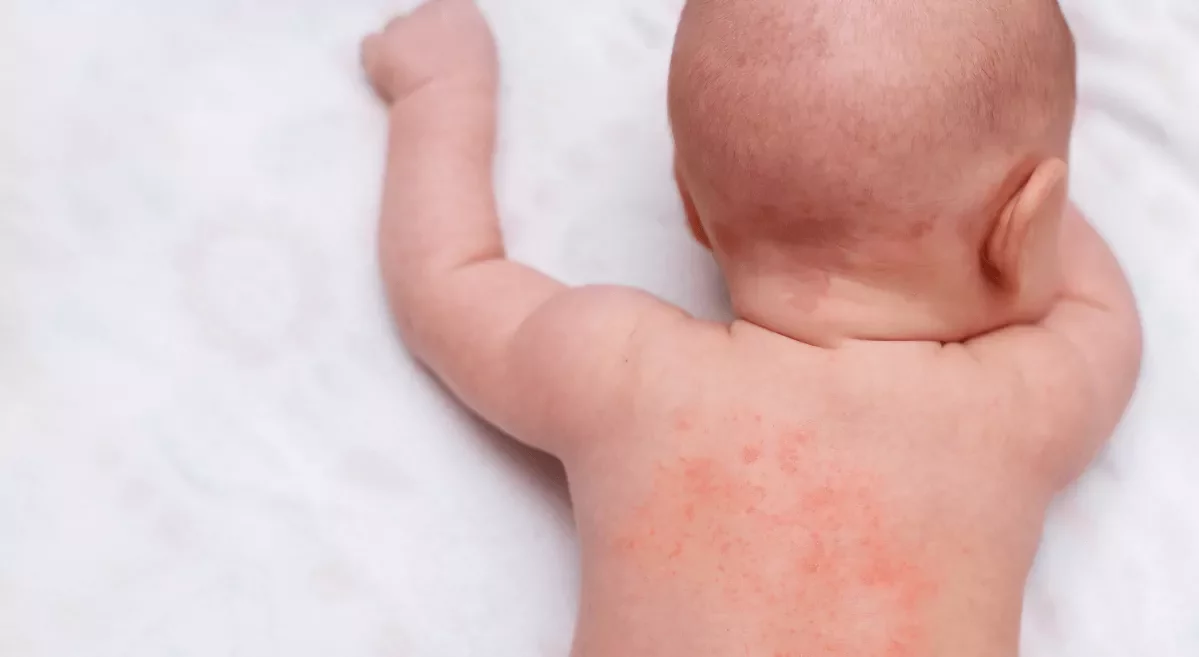Children look forward to summers, as this is the time when they’re free from schools and exams, and often is a time when they spend a lot of time outdoors, have vacations or attend sports camps. Summer is also the time when temperatures soar, with climate change leading to extreme weather events such as heat waves.
When a person is exposed to very high amounts of heat and humidity or for a prolonged period, he/she is at risk to develop heat-related illness, particularly when fluid intake is inadequate. Children are especially vulnerable as they tend to be more active thus producing more heat, often drink less fluids, and don’t get adequate rest to cool off. Other risk factors include children with chronic health problems, those who are overweight or obese, or maybe taking certain medications.
Heat-related illness cause a variety of symptoms which range from mild to fatal. The effects of heat exposure are directly heat related, it may also result in the deterioration of symptoms of pre-existing diseases of the organ systems such as lungs, heart, or kidneys.
Heat-related illness can result from excessive physical activity such as when playing outside in a hot environment without adequate breaks or fluid intake; they can also result when children are trapped in a hot environment. This may be seen in chronically ill children, in children with disabilities, in environmental heat waves, when they are exposed to extreme heat without being acclimatized to the same.
Mild heat-related illness include heat rash, heat cramps, and heat syncope. Major illness include heat exhaustion and heat stroke.
Heat rash, also known as “prickly heat”, is an itchy, red coloured rash, seen on the skin in normally clothed areas, caused by blockage of the sweat pores.
Heat cramps – painful muscle cramps and spasms can occur especially with or after intense exercise and sweating in high heat and usually involve the calves, thighs and shoulder muscles.
Heat syncope is seen with prolonged standing in hot environments resulting in fainting or feeling light headed.
Heat exhaustion is a more severe condition caused by a loss of water and salt in the body, often in extreme heat and when these losses are not replaced to the necessary extent. It occurs when the body can't cool itself correctly and can progress to heat stroke if left untreated.
Signs in children may include: elevated body temperature, usually between 100 ̊ and 104 ̊ F; Cool, clammy skin despite the heat; Fainting, dizziness, or weakness, headache, nausea, and/or vomiting, Increased sweating or thirst, child may appear irritable; may have cramps.
Heat stroke occurs when the body temperature rises quickly as the body does not sweat adequately to bring down the temperature. This is the most severe form of heat-related illness and results from the body is unable to maintain a normal temperature. Very high body temperatures up to 106F can be seen within minutes. Immediate medical attention is to be sought as this condition can be fatal.
Other signs may include: Confusion, disorientation, Loss of consciousness; Flushed, hot and dry skin; Nausea, vomiting, diarrhoea; Rapid heartbeat and breathing; Severe headache; Seizures.
First Aid For any heat-related illness, move the child to a cool place; the child should rest and not continue the activity. Temperature can often be brought down by removing excess clothing and by sponging the skin with cool water. Offer plenty of fluids, especially drinks containing salt and sugar like ORS. Where possible, give the child a bath in cool water to bring down body temperature, making sure the water is not too cold. Additionally, place cold wet cloths or ice on the head, neck, armpits, and groin and offer fluids only if the child is responsive and able to drink. Get medical help immediately.
In less severe conditions, get medical help if symptoms are getting worse or if symptoms last longer than 1 hour, the child has signs of dehydration (very dark or little urine, excessive thirst, dry mouth, dizziness), increased tiredness or lethargy; or has had a fainting spell.
For sunburned areas, apply moisturizing lotion on affected areas and do not break blisters; for heat rashes, keep the rash dry and use powder to soothe the rash. In children with heat cramps, stop physical activity and move them to a cool place; give drinks containing salt and sugar, such as ORS or lime water. Make the child lie down with legs supported and slightly elevated and stretch the cramped muscles slowly and gently.
Prevention of Heat-related Illnesses
Some general measures to reduce heat-related illness are:
- Have the child rest and take breaks during exercise or physical activity.
- Avoid the hottest part of the day and schedule vigorous activity and sports for cooler times of the day. The child should rest in shaded areas.
- Adequate hydration should be ensured by offering the child plenty of fluids.
- Adequate protection from the sun is essential by the use of hats, sunglasses etc. Sunscreen with SPF (sun protection factor) 15 is to be used.
- Children should slowly get used to the heat by incrementally spending more time outdoors.
- To help the evaporation of sweat, wear lightweight, light-colored, loose, porous clothes
- On very hot days, keep your child indoors or in shaded or cool areas.
- Do not leave children alone in parked cars as the temperature inside the car can rapidly rise.





